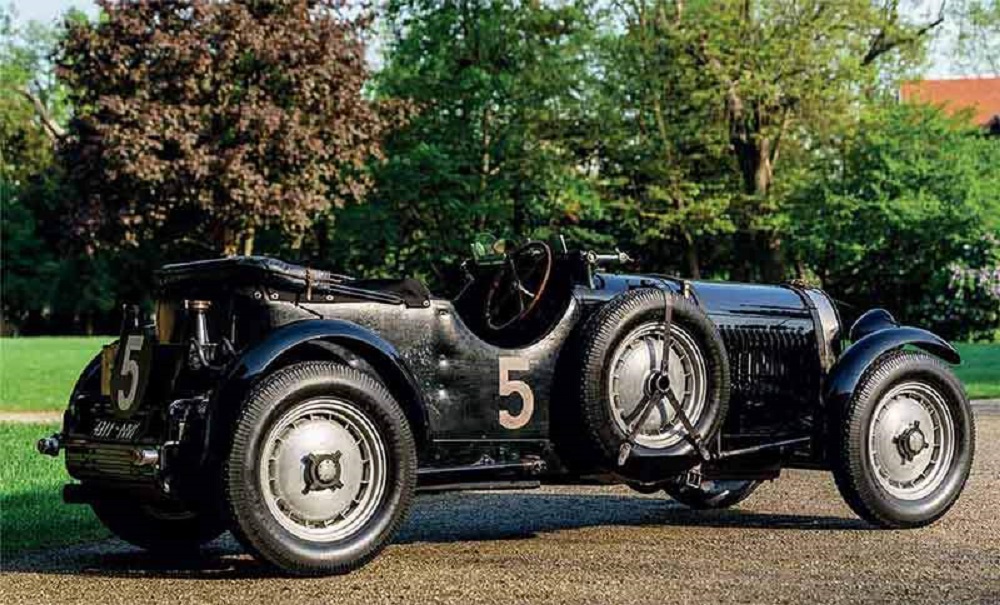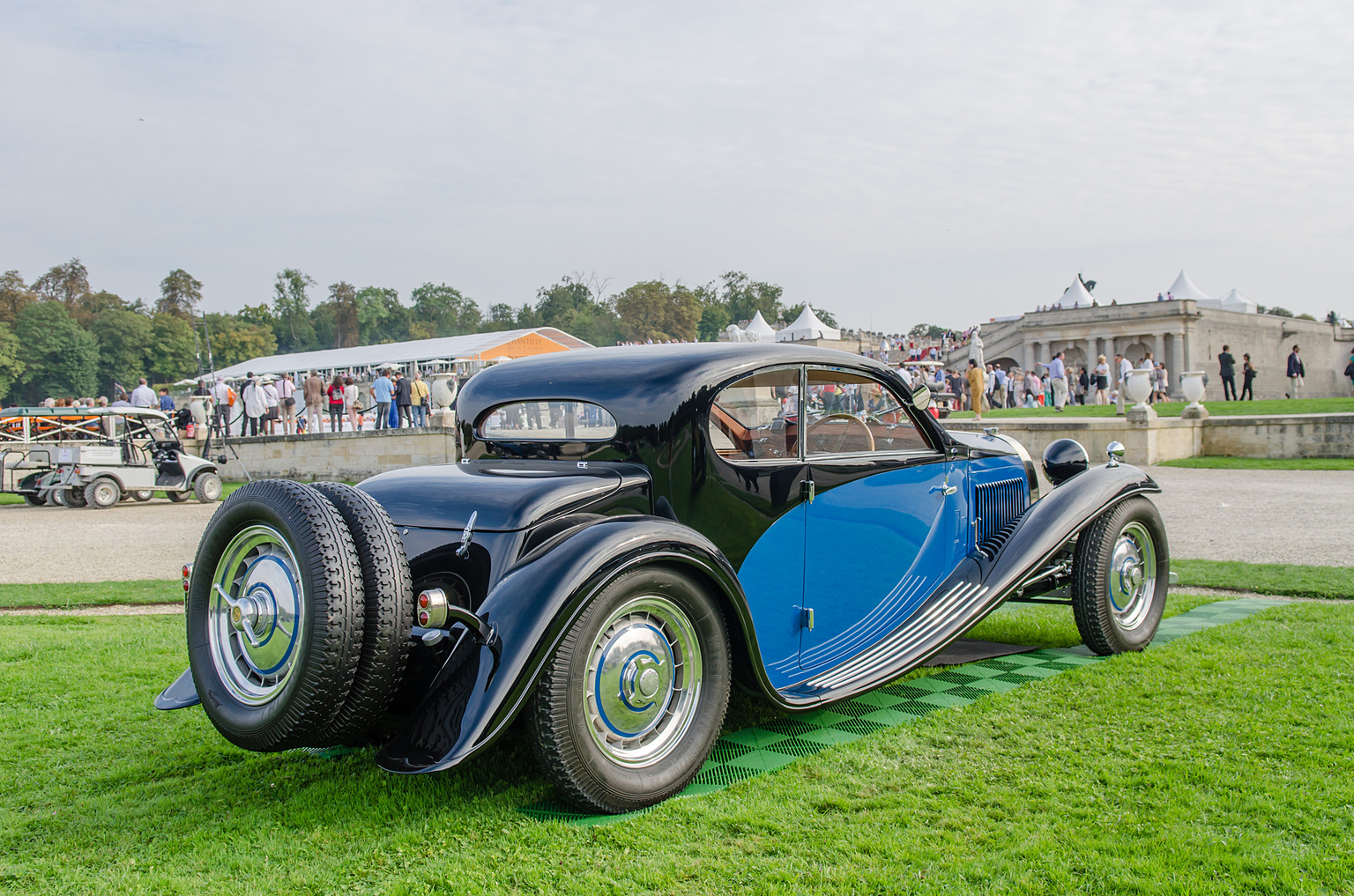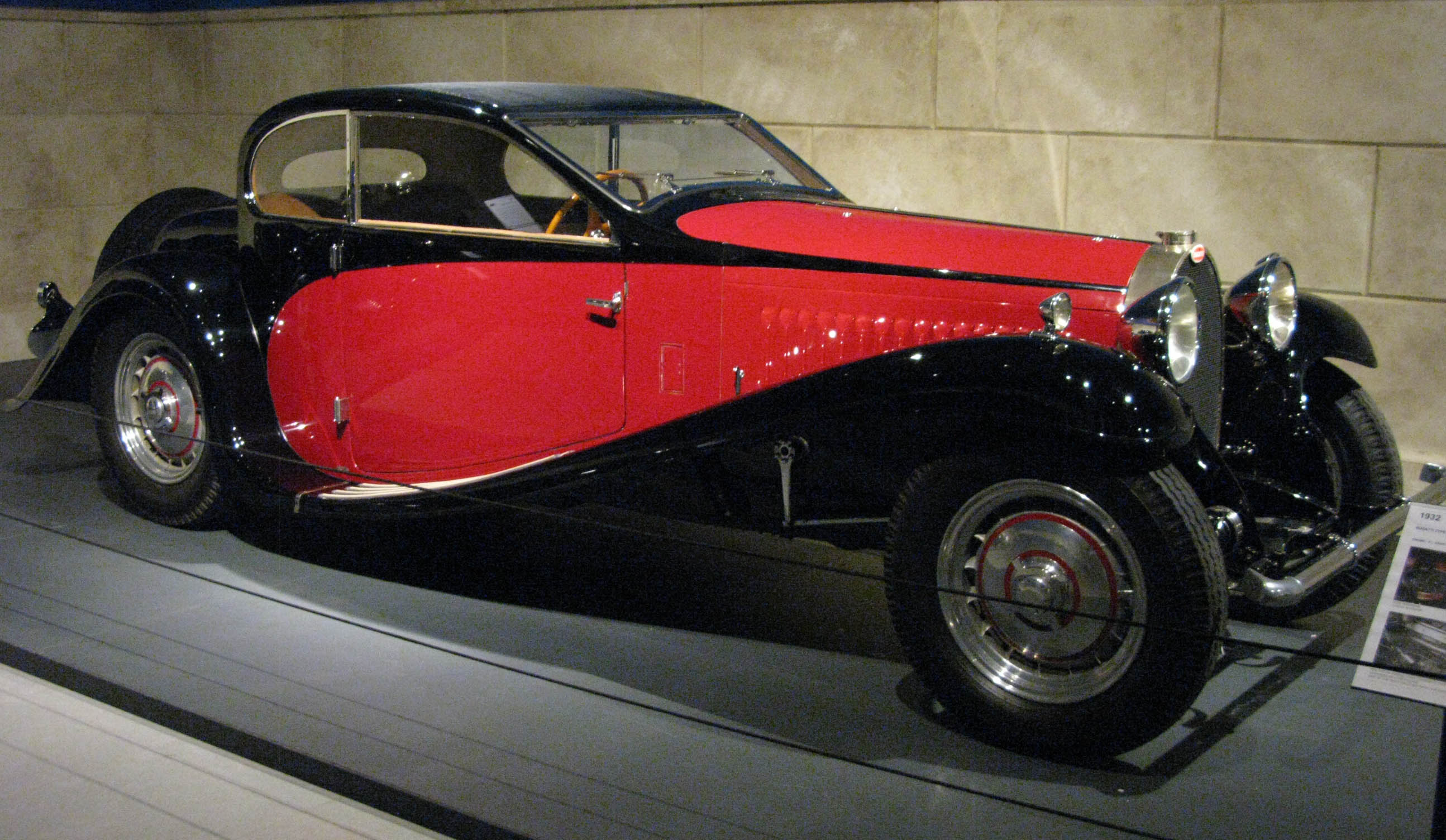
The Bugatti Type 50 is a sports car that was produced by Bugatti from 1931 to 1934. It was designed by Ettore Bugatti’s son, Jean Bugatti, and was intended to be a replacement for the company’s successful Type 35 racing car. However, the Type 50 was not as successful on the racetrack as its predecessor, but it did become a popular choice among wealthy car enthusiasts who appreciated its luxurious design and powerful engine.
Specifications of Bugatti Type 50
| Model | Bugatti Type 50 |
|---|---|
| Production Years | 1931-1934 |
| Engine | 4.9-liter inline-eight |
| Horsepower | 225 hp |
| Top Speed | 99 mph |
| Transmission | 4-speed manual |
| Weight | 2,970 lb |
7 Topics Related to Bugatti Type 50 History and Significance
1. Design and Features
The Bugatti Type 50 was designed with a luxurious and elegant appearance, which attracted wealthy car enthusiasts looking for a stylish ride. It featured a long hood and a low-slung body, giving it a sporty look. The interior was also designed with the same level of luxury, featuring leather seats and a wood dashboard.

2. Racing History
Although the Bugatti Type 50 was not as successful on the racetrack as its predecessor, it did participate in some notable races. One of the most famous was the 1931 24 Hours of Le Mans, where two Type 50s finished in fourth and fifth place.
3. Limited Production
Only 65 Bugatti Type 50s were produced during its production run, making it a rare and valuable car today. Its limited production also adds to its exclusivity and allure among car enthusiasts.
4. Engine and Performance
The Bugatti Type 50 was powered by a 4.9-liter inline-eight engine that produced 225 horsepower. This gave it a top speed of 99 mph and made it one of the fastest cars of its time. Its performance capabilities helped establish Bugatti as a leader in the sports car market.

5. Influence on Future Bugatti Models
The Bugatti Type 50 had a significant impact on the design and development of future Bugatti models. Its luxurious appearance and powerful engine inspired the creation of later models, such as the Bugatti Type 57 and Bugatti Type 101.
6. Restorations and Value
The rarity and historical significance of the Bugatti Type 50 have made it a highly sought-after car among collectors. Restorations of the Type 50 have been completed to bring the car back to its original condition, and some models have sold for millions of dollars at auctions.

7. Legacy and Historical Significance
The Bugatti Type 50 is considered a landmark car in the history of sports cars. Its luxurious design and powerful engine helped establish Bugatti as a leader in the market and inspired future generations of sports cars. Its limited production and historical significance have made it a valuable piece of automotive history.
Pros and Cons of Bugatti Type 50 History and Significance
Pros:
- Luxurious and elegant design
- Powerful engine and high-performance capabilities
- Historical significance and exclusivity
Cons:
- Not as successful on the racetrack as its predecessor
- Expensive and difficult to find
- Requires specialized knowledge and skills for restoration and maintenance
FAQ for Bugatti Type 50 History and Significance
1. How many Bugatti Type 50s were produced?
Only 65 Bugatti Type 50s were produced during its production run.
2. What is the top speed of the Bugatti Type 50?
The Bugatti Type 50 has a top speed of 99 mph.
3. What is the historical significance of the Bugatti Type 50?
The Bugatti Type 50 is a landmark car in the history of sports cars. Its luxurious design and powerful engine helped establish Bugatti as a leader in the market and inspired future generations of sports cars.
Conclusion
The Bugatti Type 50 is a rare and valuable piece of automotive history. Its luxurious design and powerful engine helped establish Bugatti as a leader in the market and inspired future generations of sports cars. Although it was not as successful on the racetrack as its predecessor, the Type 50 remains a popular choice among car enthusiasts who appreciate its exclusivity and historical significance.

